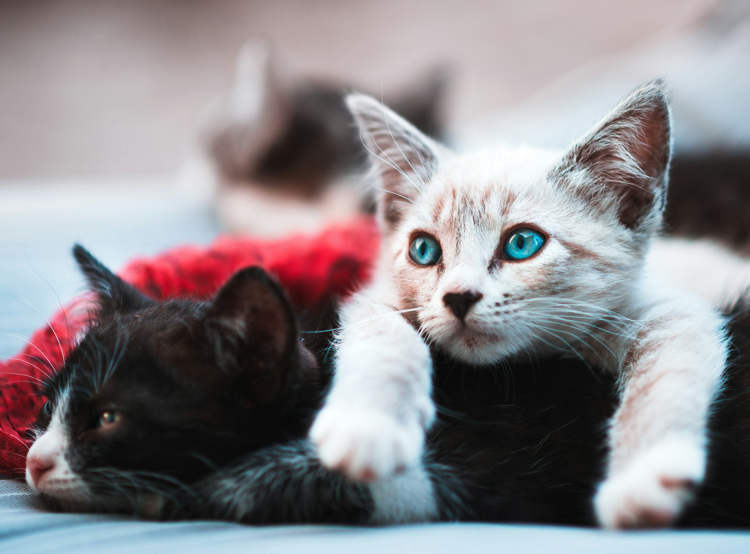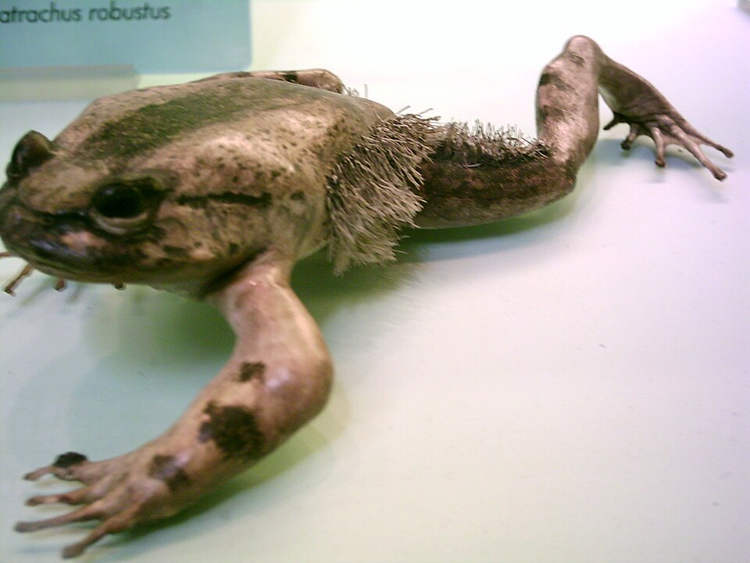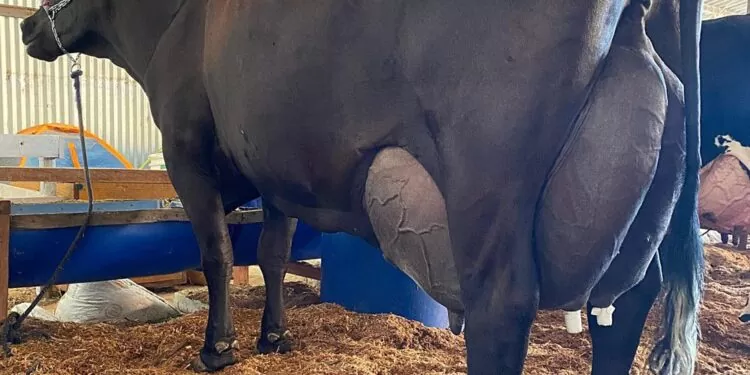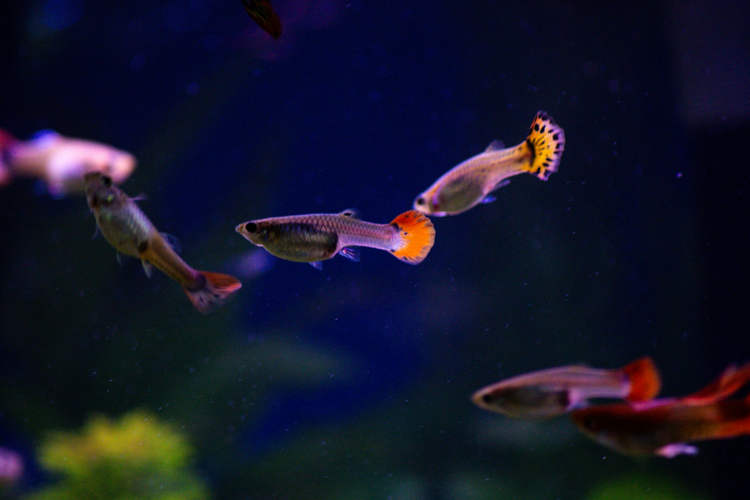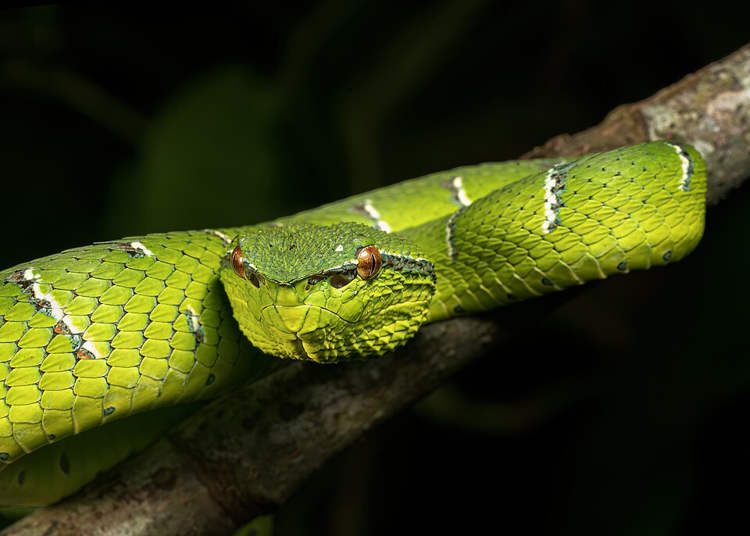Of the roughly 1,300 known species of bat, very few can be described as cute and cuddly, but the tiny Honduran White Bat is definitely one of these rare exceptions.
Also called the Caribbean White Tent-Making Bat, this adorable flying mammal can be found in the tropical forests of Central-American countries like Honduras, Nicaragua, Costa Rica and western parts of Panama. It has a distinctive white fur, which is characteristic of only five other known bat species, and is very small for its genus, with the largest recorded individual being under 5 centimetres in length. Because of its white color and generally cute look, as well as the fact that it doesn’t live in caves and doesn’t suck blood, the Honduran White Bat is considered a living, breathing contradiction of bat stereotypes.
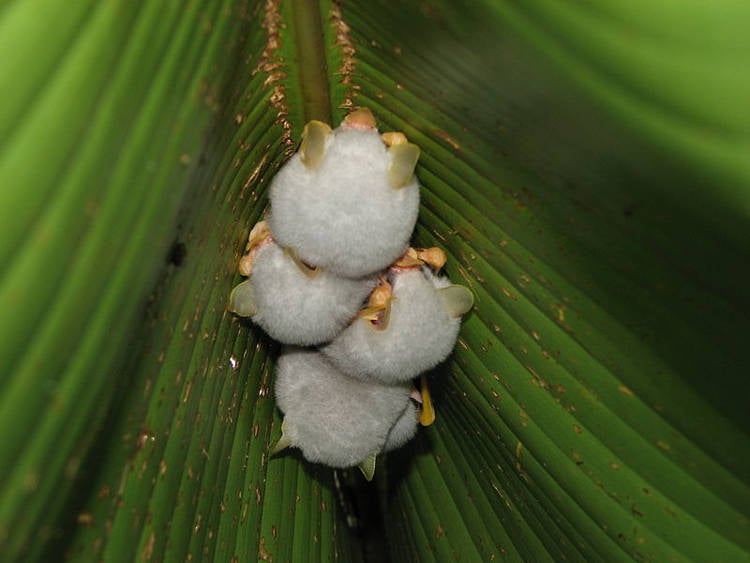
Photo: Leyo/Wikimedia Commons
This cute balls of fur get their name – tent-making bats – from their intriguing ability to turn the large leaves of the heliconia plant into temporary colonies. These leaves have large veins that extend outward from the central stem. By chewing through these veins, the bats cause the sides of the leaves to partially collapse sideways, creating a natural tent for them to roost in.
View this post on Instagram
While the bats’ white color may seem conspicuous at first glance, animal experts claim that it is actually great camouflage in the creature’s natural habitat. The Honduran jungle is famous for its white foliage, and the sunlight coming through the perforated leaves apparently give the bats’ fur a greenish tinge that makes them even harder to spot by predators.
View this post on Instagram
The tiny bats seem very confident of their clever camouflage and their hidden nest, as they remain very calm when the leaf itself moves. However, when the stem of the plant moves, which could indicate an approaching predator, the tiny bats fly off to another tent. That’s one of the most fascinating thing about these adorable creatures: they always have a secondary sanctuary waiting for them, so when they abandon a leaf tent, they know exactly where they need to go.
View this post on Instagram
Another fascinating thing about Honduran white bats is their ability to somehow use carotenoids to produce the yellow-orange coloration of their ears, noses, and lips. This unique ability to isolate the carotenoid lutein from its diet and then convert this free lutein to esterified lutein, which humans are unable to do, was only discovered in 2016. Medical research of this process could help understand and treat macular degeneration in humans.
View this post on Instagram
The Honduran white bat is one of only two small species of bats that feed exclusively on fruits. It particularly prefers a single variety of fig and actually builds its roosts to be close to this food source.
View this post on Instagram
White bat colonies, known as clouds, usually consist of one male and several females. Females can become pregnant twice per year, giving birth to one offspring at a time.



